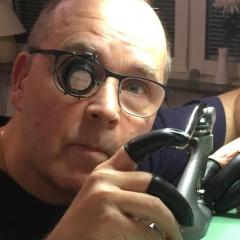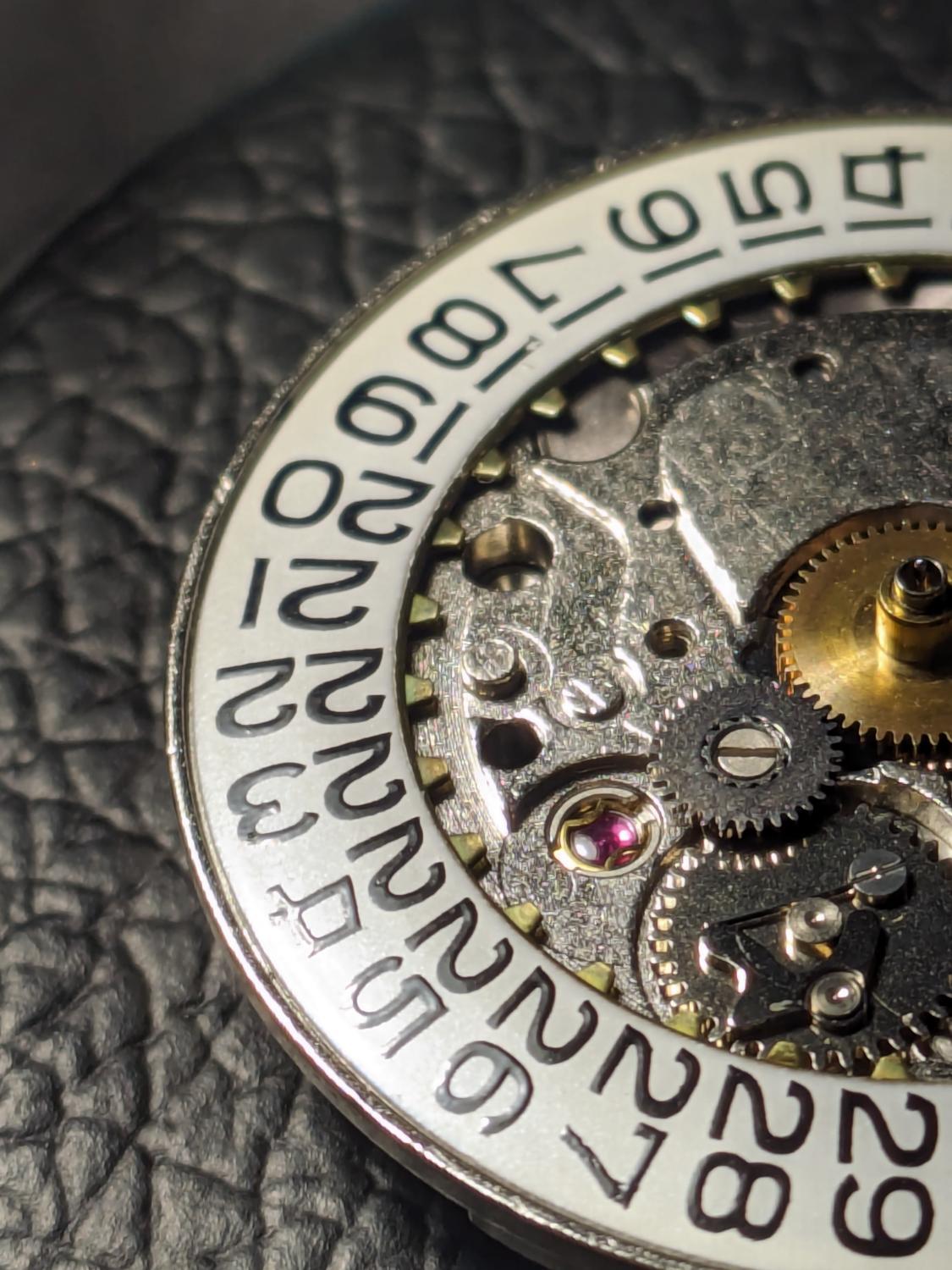Rolex cal. 3135 issues
-
Recently Browsing
- No registered users viewing this page.
-
Topics
-
Posts
-
When I get home I'll look at my packaging again, see if I can recall where I got the WA80. I took it out just yesterday and it was a split bridle.
-
By HectorLooi · Posted
Watch accessories original suitable for Seiko 7009 7S26 NH35 movement shock absorber spring shock drag bowl shock stone https://a.aliexpress.com/_m08nrxd Have you tried Aliexpress? -
By SwissSeiko · Posted
The taper is pretty negligible. You would reverse the jewel setting in the lathe, and grind again from the opposite side, to counter the taper if it was too much. I haven't tested as far as amplitude gains for either one, or if it's a detriment to not reverse the jewel and regrind from the other side. I'm usually taking off very little, and the burnisher conforms to the jewel surface, so I don't think it makes a ton of difference, but it's a very good point to bring up! -
Have you seen this with the Part No's NH3x Detailed Parts List.pdf
-
So with tab on the back then it must come out of the front. You do know these screws are to remove the dial? You turn them to the flat frees up with the dial pin. Edit Just realised what the red and green referred too in your original post as the arrows weren't obvious being so fine.
-







Recommended Posts
Join the conversation
You can post now and register later. If you have an account, sign in now to post with your account.
Note: Your post will require moderator approval before it will be visible.